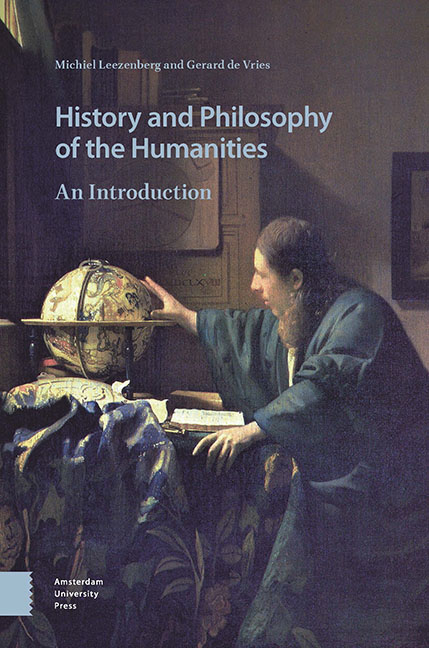10 - The Practice Turn
Summary
Introduction
From the 1970s, attention in a number of disciplines in the humanities and social sciences has gradually shifted from institutions, systems, and structures and from languages and sign systems towards *practices, that is, towards everyday ways of doing things that are limited in time and space. Methodologically, this *practice turn amounted to a reaction to on the one hand structuralism and positivism, both of which were modelled on the natural sciences, and on the other hand hermeneutics and its foundations in the philosophy of consciousness. Thus, it amounted to a rejection of the idea that concrete cultural phenomena or practices such as speaking sentences or making music are either the more-or-less correct execution of an already given, independent system of rules or the expression of an inner mental state, image, or intention.
Philosophically, the practice turn builds on the linguistic turn of logical empiricism. Post-war analytical philosophers including Ludwig Wittgenstein and J.L. Austin primarily criticized both the logical empiricist belief that only descriptive or assertive language use was meaningful and the consciousness-philosophical assumption that linguistic behaviour should be explained in terms of mental states like intentions or beliefs. French representatives of practice theory such as Foucault and Bourdieu elaborated on these analytical philosophical ideas but paid more attention to the role of power in social action than their Anglo-Saxon counterparts.
As a first approximation, we may say that most linguistic practices have the following properties. First, they are public or intersubjective in so far as they usually require several actors or players. Second, they are normative in so far as they can be executed correctly or incorrectly. And third, they often if not always involve various forms of power or authority. Moreover, practices are produced neither by structures standing outside of the subject nor by the conscious and explicit intentions of actors. Rather, we may think of them conversely as creating structures and as the context in which individual acts acquire form and meaning. Put in musical terms: social and cultural action may be seen not as the execution of a script or score, which is supposed to be given in advance, but rather as an improvisation or a jam session. This shift in attention leads to a number of important changes in research questions.
- Type
- Chapter
- Information
- History and Philosophy of the HumanitiesAn Introduction, pp. 269 - 286Publisher: Amsterdam University PressPrint publication year: 2019



